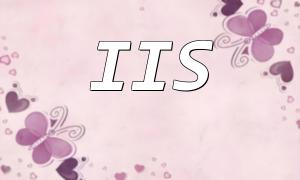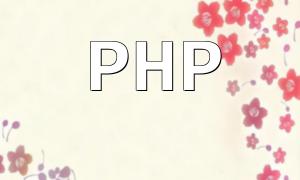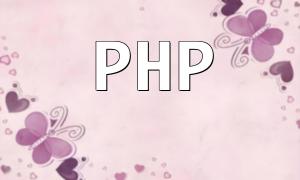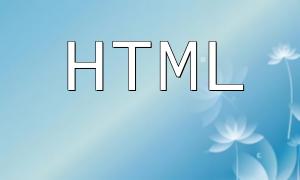IIS (Internet Information Services) is a web server developed by Microsoft, widely used on the Windows platform. It offers powerful features and flexible management options, making it particularly suitable for enterprise-level applications. PHP, on the other hand, is a popular scripting language known for handling dynamic content in web development and is ideal for quickly building web applications. When these two technologies are combined, they can create highly efficient web applications.
Here are several reasons why the combination of IIS and PHP is a great choice:
IIS performs exceptionally well when handling concurrent requests. Combined with PHP, it ensures that the application responds quickly. This combination can also optimize performance through the use of caching techniques.
IIS provides excellent support for Windows servers and is highly compatible with PHP. Developers can take advantage of IIS's advanced management tools to easily configure and deploy PHP applications.
IIS has multiple layers of security mechanisms that can effectively protect web applications. Coupled with PHP’s programming features, developers can ensure higher security when building functionalities.
To set up a web application using IIS and PHP, the first step is to install IIS and PHP. Here’s how:
You can enable IIS through the control panel in Windows. Follow these steps:
1. Open the Control Panel and select “Programs”;
2. Click “Turn Windows features on or off”;
3. In the window that pops up, find “IIS” and check the box, then click “OK”;
4. Wait for the installation to complete and restart your computer.
To install PHP, download the appropriate PHP version for Windows and configure it. The steps are as follows:
1. Visit the official PHP website to download the PHP version suitable for Windows;
2. Extract the downloaded files to a specified directory (e.g., C:\php);
3. Add the PHP path to the system environment variables;
4. Configure the php.ini file, adjusting settings as needed.
After installation, you need to configure IIS to support PHP:
In the IIS Manager, select your site and add a PHP handler mapping. Here’s how:
1. Open the IIS Manager and select your site;
2. Click “Handler Mappings”;
3. Right-click and choose “Add Module Mapping”;
4. Enter the request path (e.g., *.php) and select the PHP-CGI.exe path;
5. Click OK to ensure everything is set correctly.
Ensure that IIS users have read access to the PHP file directory to avoid permission errors.
Now that IIS and PHP are installed and configured, you can begin building your first web application. Here’s a simple example:
echo "Hello, World!";
By combining IIS and PHP, you can efficiently build web applications. Once you master the installation and configuration process, you’ll be able to leverage the powerful features of these two tools to quickly develop and deploy high-performance web applications. If you're interested in web development, consider giving this combination a try, as it can significantly improve your workflow.
Today, thanks to the perfect combination of IIS and PHP, you can more easily set up efficient web applications and boost your productivity. We hope this guide will be a helpful resource and make your web development journey smoother.










